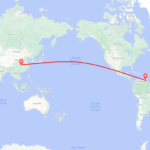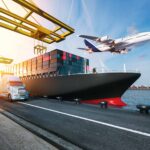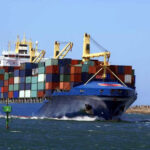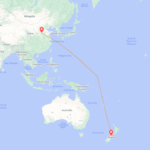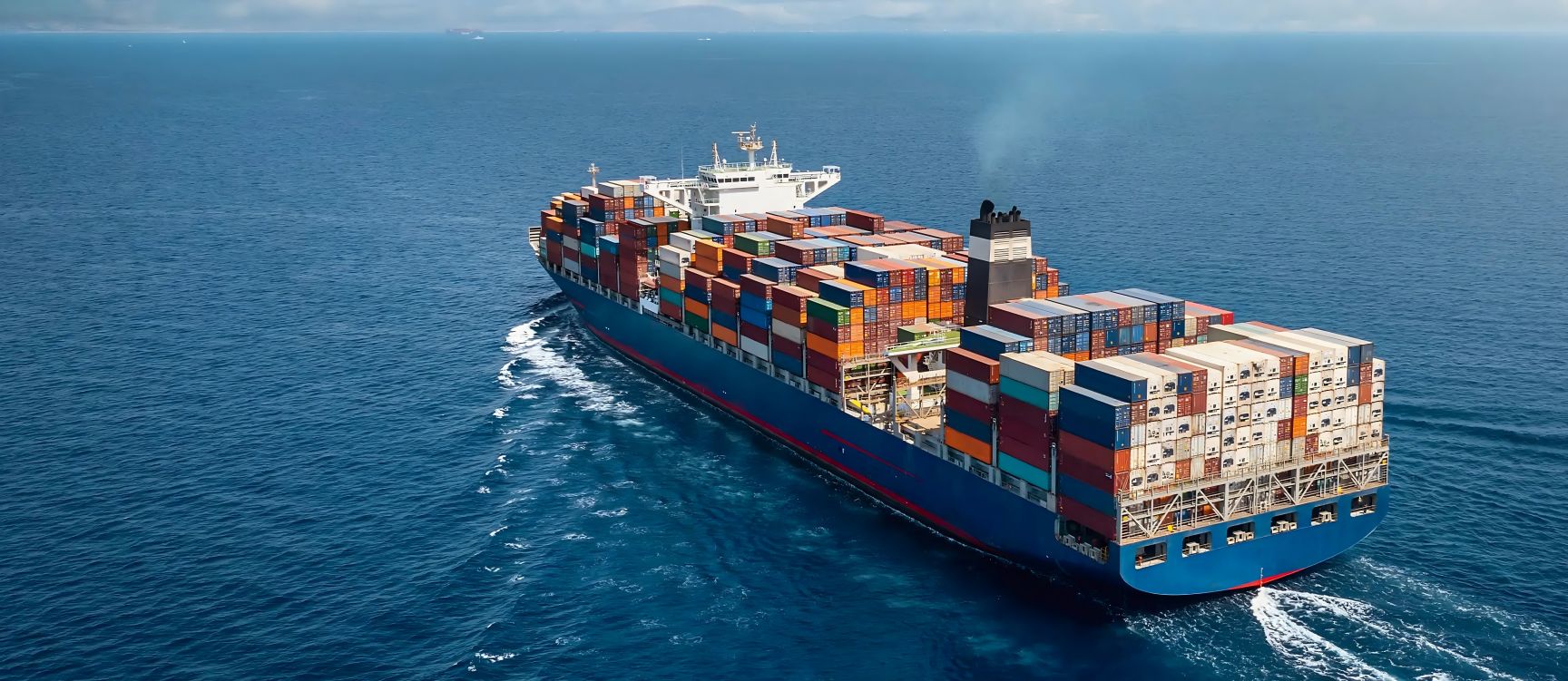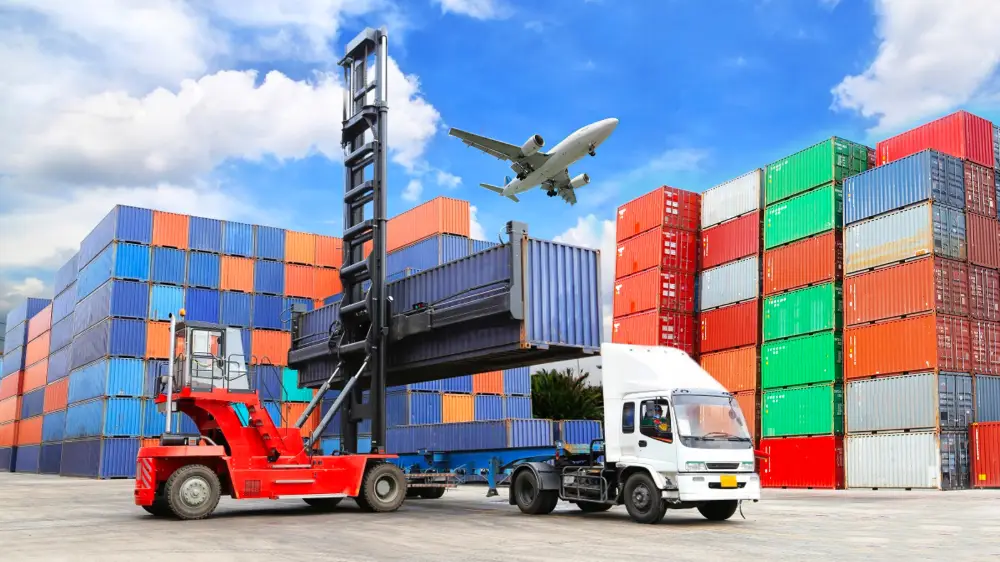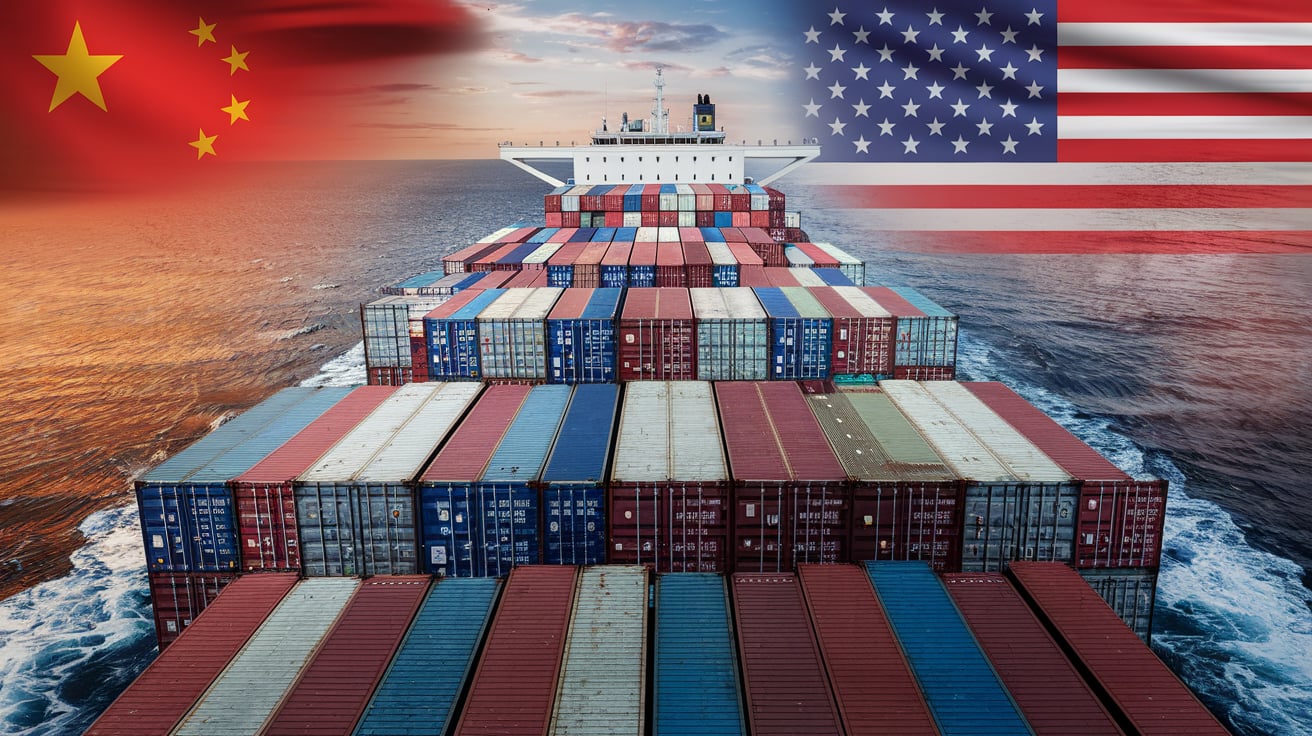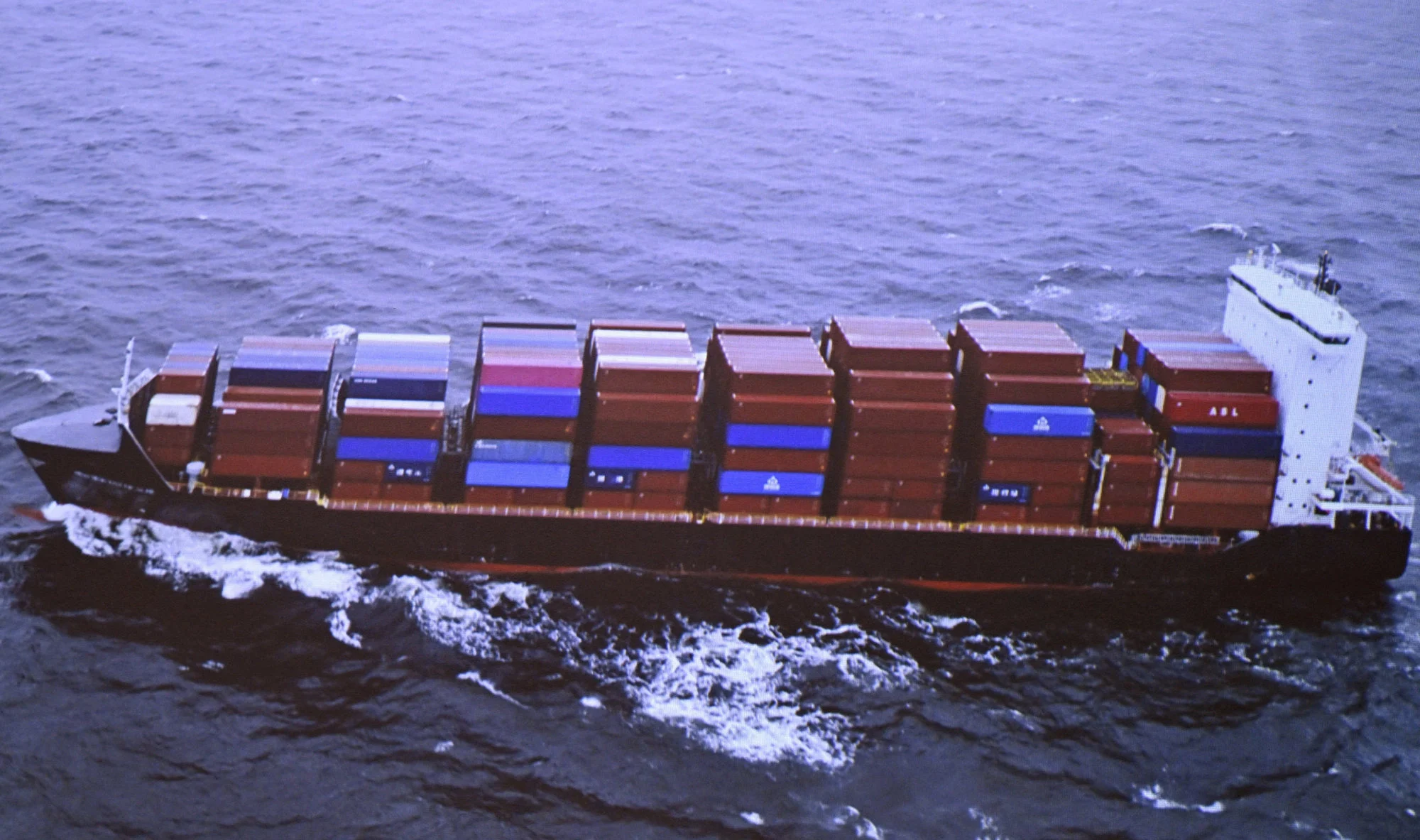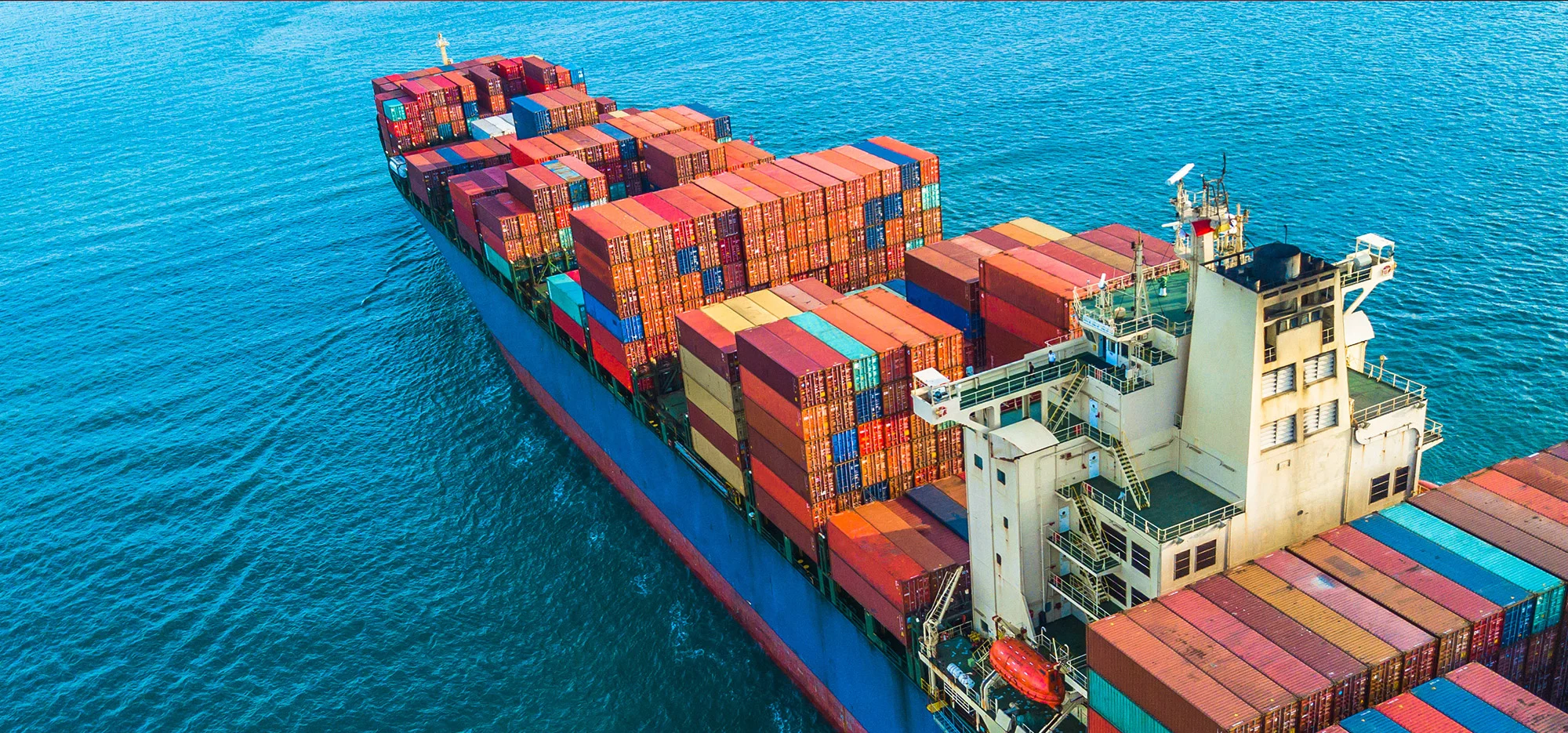Navigating the process of sea freight shipping from China to Trinidad and Tobago can seem daunting, but understanding the essential steps can streamline your import operations. Sea freight remains a popular choice for businesses, thanks to its cost-effectiveness, capacity for bulk shipments, and environmentally friendly nature. This comprehensive guide will walk you through the critical aspects of sea freight, from choosing the right shipping method to preparing necessary documentation and ensuring effective customs clearance. Whether you are a seasoned importer or new to international trade, this step-by-step process will equip you with the knowledge to facilitate smooth and successful shipments from China to Trinidad and Tobago.
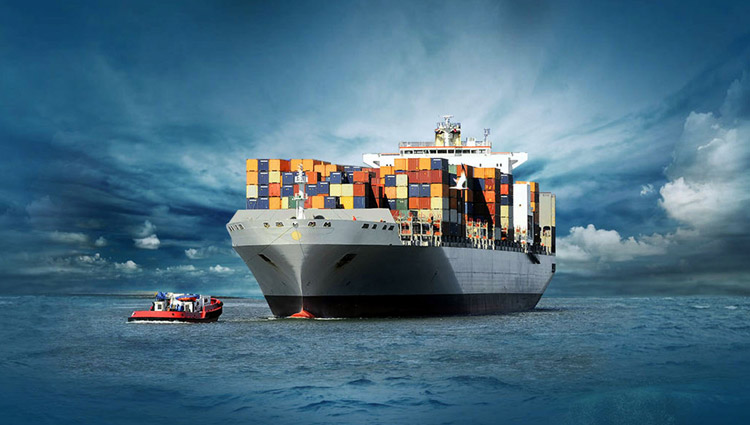
Understanding Sea Freight Shipping From China to Trinidad and Tobago
Sea freight shipping refers to the transportation of goods via ocean vessels from one port to another. It is a widely used method for international trade, particularly for bulk shipments, due to its cost-effectiveness and ability to handle large volumes of cargo. This mode of transportation typically involves various stakeholders, including shipping lines, freight forwarders, customs brokers, and port authorities, all of whom play a crucial role in ensuring that cargo reaches its final destination safely and efficiently.
In the context of shipping from China to Trinidad and Tobago, sea freight becomes an essential component for businesses looking to import goods. Given the vast distances involved and the volume of products shipped, sea freight is often the preferred choice over air freight, particularly when cost savings and cargo size are prioritized.
Benefits of Sea Freight from China to Trinidad and Tobago
-
Cost-Effectiveness: Shipping goods by sea is generally much cheaper than air freight, especially for large volumes. This is particularly advantageous for businesses looking to minimize their logistics costs when importing goods from China.
-
Capacity for Large Volumes: Sea freight is well-suited for large, bulky cargo. Ships can accommodate containers of varying sizes, allowing businesses to transport substantial quantities of goods in a single shipment.
-
Diverse Goods Handling: Ocean freight allows for the transportation of a wide variety of goods, including raw materials, finished products, and heavy machinery, making it an ideal choice for many industries.
-
Sustainability: Shipping by sea is generally more environmentally friendly compared to air freight. Ships have a lower carbon footprint per ton of cargo transported, which can be critical for businesses keen on sustainability.
-
Reliability: While sea freight may take longer than air transport, it is often more reliable in terms of scheduling and delivery. Shipping lines tend to maintain regular schedules, allowing businesses to plan their supply chains more effectively.
Types of Sea Freight Services
When considering sea freight services from China to Trinidad and Tobago, businesses can choose from several types:
-
Full Container Load (FCL): This service is ideal for businesses that have enough cargo to fill an entire container. It offers the benefits of reduced risk of damage and quicker transit times, as the container is sealed and handled less frequently.
-
Less Than Container Load (LCL): For those with smaller shipments, LCL allows multiple shippers to share a container. While it can be more cost-effective for smaller loads, this method may involve longer transit times due to the consolidation of cargo from different suppliers.
-
Breakbulk Shipping: This option is used for oversized or heavy cargo that cannot fit into standard containers. Breakbulk shipments require specialized handling and stowage, making this service less common but essential for certain types of goods.
-
Reefer Shipping: For perishable goods that require temperature control, reefer containers provide the necessary environment to ensure product integrity during transit.
Preparing for Your Sea Freight Shipment
Calculating Cargo Volume and Weight
Accurate calculation of cargo volume and weight is a critical step in the sea freight shipping process. Each shipping line has specific guidelines regarding weight limits and volumetric calculations, which can affect the overall cost of shipping. Businesses need to consider factors such as:
- Weight: The total weight of the cargo, including packaging.
- Volume: The space the cargo occupies (measured in cubic meters or cubic feet). This can be crucial when determining whether FCL or LCL is the best option.
To effectively calculate these metrics, it can be beneficial to use tools like a cargo calculator or consult with a freight forwarder for assistance.
Choosing Between FCL (Full Container Load) and LCL (Less Than Container Load)
Deciding between FCL and LCL shipping is essential based on the shipment size and budget. Here are some considerations:
| Factor | FCL | LCL |
|---|---|---|
| Cost | More economical for large shipments | Cost-effective for smaller shipments |
| Transit Time | Generally faster | May take longer due to consolidation |
| Handling Risk | Lower risk of damage | Higher risk due to multiple handling |
| Flexibility | Less flexible, requires full container | More flexible, can ship smaller quantities |
Ultimately, the choice will depend on the specific needs and circumstances of the shipment.
Selecting the Right Container Size
Choosing the appropriate container size is vital to optimizing shipping costs and ensuring cargo safety. Common container sizes include:
| Container Type | Dimensions (L x W x H) | Typical Use |
|---|---|---|
| 20ft Standard | 20’ x 8’ x 8.5’ | Small to medium loads |
| 40ft Standard | 40’ x 8’ x 8.5’ | Large shipments |
| 40ft High Cube | 40’ x 8’ x 9.5’ | Bulky goods |
| 45ft High Cube | 45’ x 8’ x 9.5’ | Extra volume |
When selecting a container, consider factors such as the type of cargo, weight restrictions, and any special handling requirements.
For a seamless shipping experience and professional guidance, consider leveraging Dantful International Logistics. As a reputable freight forwarding company, we provide tailored solutions that meet the unique needs of businesses importing goods from China. Contact us today for assistance with your door-to-door shipping needs and maximize your logistics efficiency.
READ MORE:
- Shipping From China to the United States
- Shipping From China TO Canada
- Shipping From China TO Mexico
- Shipping From China to Panama
- Shipping From China to Costa Rica
- Shipping From China to Brazil
- Shipping From China TO Colombia
- Shipping From China to Jamaica
- Shipping From China to Venezuela
Essential Documents for Sea Freight From China to Trinidad and Tobago
The successful transportation of goods via sea freight requires the preparation of several essential documents. Each document serves a specific purpose in facilitating the shipping process and ensuring compliance with international trade regulations.
Commercial Invoice
The commercial invoice is a vital document that outlines the transaction between the buyer and seller. It provides details such as:
- Seller and buyer information: Names, addresses, and contact details.
- Description of goods: Itemized listing of the products being shipped, including quantities and unit prices.
- Total value: The overall monetary value of the goods, which is crucial for customs valuation.
This document is often required by customs authorities for both export and import clearance.
Packing List
The packing list complements the commercial invoice by detailing the specific contents of each package in the shipment. Key components include:
- Itemized contents: A breakdown of items within each package, including weights and dimensions.
- Packaging method: Descriptions of how goods are packed (e.g., pallets, boxes).
- Handling instructions: Any special instructions for handling or storage.
Customs officials often use the packing list for verification purposes, making it essential for smooth clearance.
Bill of Lading
The bill of lading (BOL) is a critical document in the shipping process, serving as both a receipt for the cargo and a contract of carriage between the shipper and the carrier. It includes:
- Shipping details: Information about the shipper, receiver, and carrier.
- Cargo description: Details about the goods being shipped, including quantities and container numbers.
- Terms of shipping: Specifications regarding shipping conditions and responsibilities.
The bill of lading also serves as a title to the goods, allowing the holder to claim the cargo upon arrival.
Certificate of Origin
The certificate of origin is a document that certifies the origin of the goods being shipped. It is typically required by customs authorities in Trinidad and Tobago for determining tariffs and trade agreements. Key aspects include:
- Origin declaration: Confirmation of where the goods were manufactured or produced.
- Issuing authority: Usually issued by a chamber of commerce or relevant authority in China.
This document helps ensure compliance with trade regulations and can influence duty rates.
Customs Declaration Forms
Customs declaration forms are mandatory documents submitted to customs authorities to declare the details of goods being imported or exported. This includes:
- Cargo details: Comprehensive information about the shipment, including value, quantity, and classification codes.
- Duties and taxes: Information regarding any applicable duties or taxes owed on the shipment.
Accurate completion of these forms is essential for smooth customs clearance and to avoid delays.
The Sea Freight Shipping Process Step-by-Step
Understanding the sea freight shipping process from China to Trinidad and Tobago involves several key steps, each critical for ensuring a successful shipment.
1. Obtaining a Freight Quote and Booking
The initial step in the sea freight process is obtaining a freight quote from a reliable freight forwarder. This involves:
- Providing shipment details to the freight forwarder: Share information such as the type of goods, volume, weight, and preferred shipping dates.
- Agreeing on shipping terms and rates: Discuss and clarify the terms of shipment, including costs, payment methods, and delivery timelines.
- Confirming the booking: Finalize the booking by confirming the shipping details and receiving a booking confirmation from the freight forwarder.
2. Cargo Pick-Up and Delivery to the Port
Once the booking is confirmed, the next step involves coordinating the physical transport of the goods:
- Arranging for cargo pick-up from the supplier: Coordinate with the supplier to ensure timely pick-up of the goods.
- Transporting the goods to the port of departure in China: Arrange for reliable truck transport to deliver the cargo to the designated port.
3. Export Customs Clearance in China
Before the cargo can be loaded onto the vessel, it must undergo customs clearance in China:
- Submitting required documents: Provide all necessary documents, including the commercial invoice, packing list, and bill of lading.
- Paying export duties and taxes: Ensure all duties and taxes related to the export are settled to avoid delays.
4. Loading and Ocean Transportation
With customs cleared, the cargo is then prepared for loading onto the vessel:
- Loading the cargo onto the vessel: The cargo is carefully loaded into the designated container and secured for transport.
- Transit time from China to Trinidad and Tobago: The shipment embarks on its journey, typically taking several weeks depending on the shipping route and conditions.
5. Import Customs Clearance in Trinidad and Tobago
Upon arrival at the port in Trinidad and Tobago, the cargo must be cleared through customs:
- Submitting import documents: Present all necessary documentation, including the bill of lading and customs declaration forms.
- Paying import duties and taxes: Settle any applicable tariffs and taxes based on the shipment’s declared value.
6. Cargo Unloading and Delivery to the Final Destination
The final steps involve unloading the cargo and arranging for delivery:
- Unloading the cargo at the port of arrival in Trinidad and Tobago: The cargo is unloaded from the vessel once customs clearance is complete.
- Arranging for final delivery to your warehouse or facility: Coordinate transportation from the port to the final destination, ensuring timely delivery.
Challenges of Sea Freight
While sea freight is a popular choice for international shipping, it is not without its challenges.
Longer Transit Times: Planning for Delays
Sea freight typically involves longer transit times compared to air freight due to the vast distances covered. Businesses must account for potential delays caused by:
- Port congestion: High volumes of cargo at ports can lead to longer waiting times for loading and unloading.
- Vessel delays: Weather conditions or mechanical issues can impact sailing schedules.
Weather-Related Risks: Ensuring Cargo Safety
Weather can significantly affect sea freight operations. Risks include:
- Storms and rough seas: Adverse conditions can delay shipments or cause damage to cargo.
- Temperature fluctuations: For sensitive goods, maintaining appropriate temperature controls is crucial during transit.
Tips for a Smooth Sea Freight Experience
To ensure a seamless and efficient sea freight process, consider these essential tips:
Choosing a Reliable Freight Forwarder
Selecting a reputable freight forwarder is critical for navigating the complexities of international shipping. Look for:
- Experience and expertise: Verify the freight forwarder’s experience in handling shipments to Trinidad and Tobago.
- Customer reviews: Research feedback from other clients to gauge reliability and service quality.
Packing and Labeling Your Cargo Properly
Proper packaging and labeling are vital to prevent damage and ensure compliance with shipping regulations:
- Use durable materials: Invest in strong packaging materials to protect goods during transit.
- Label clearly: Ensure all packages are clearly labeled with handling instructions, destination addresses, and contents.
Tracking Your Shipment During Transit
Staying informed about your shipment’s status is essential. Utilize tracking services provided by your freight forwarder to monitor:
- Location updates: Receive real-time updates on your shipment’s location during transit.
- Estimated arrival times: Plan for the delivery of goods based on estimated arrival information.
Preparing for Potential Delays or Unexpected Events
Despite best efforts, delays can occur. Prepare by:
- Maintaining clear communication: Stay in contact with your freight forwarder for updates and support.
- Having contingency plans: Develop fallback plans for potential disruptions in your supply chain, allowing you to respond effectively.
Utilizing services from Dantful International Logistics can significantly enhance your shipping experience, providing expertise and comprehensive support throughout the process. Our professional team ensures that all aspects of your door-to-door shipping needs are managed efficiently, allowing you to focus on your business.
Dantful International Logistics Services:
- Dantful Ocean Freight Services
- Air Freight From China
- Amazon FBA Freight Forwarding
- WAREHOUSE Services
- One-Stop Customs Clearance Solution
- Cargo Insurance Services in China
- DDP Shipping Services By Dantful Logistics
- Out of Gauge Cargo Transportation Shipping Services

Young Chiu is a seasoned logistics expert with over 15 years of experience in international freight forwarding and supply chain management. As CEO of Dantful International Logistics, Young is dedicated to providing valuable insights and practical advice to businesses navigating the complexities of global shipping.

